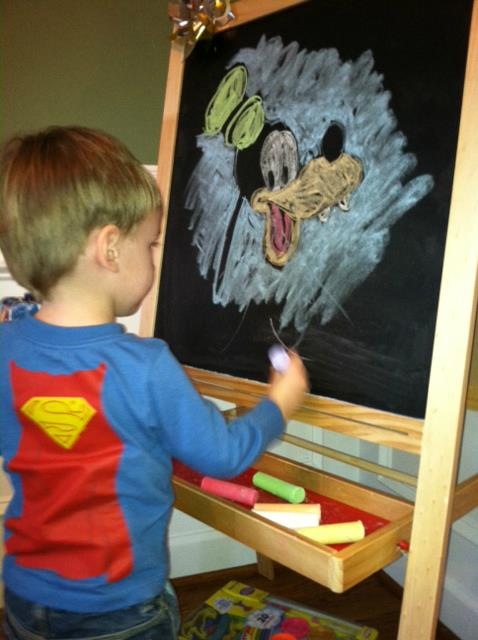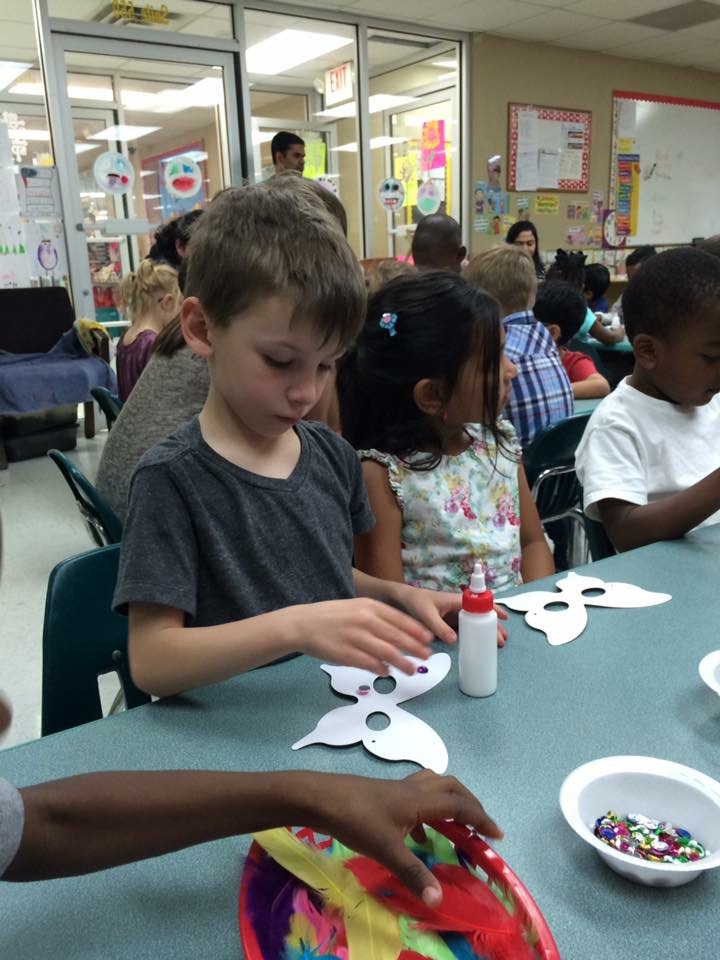Labeling children is a trend today. It seems today we must give a label to a child’s individual set of differences. In order to receive serves, school’s must name a behavior, a symptom or a difference in the ability to learn. And, we tend to judgmentally label children and teens by their abilities or lack of.
Labeling For Needs
If schools don’t label children, the government or the insurance company will not provide funding. Therefore, a documented diagnosis or ‘label’ must occur to assist in the academic process. However, most parents are against a label and do not want a formal evaluation on their child.
In last week’s blog “Respecting Disabilities“, the National Center for Education Statistics states, in 2014-2015 children between the ages of 3-21 receive special education services. This is 13 percent of all students in public school. And, of these students, 35 percent have specific learning disabilities. Some children must improve speech or need guidance to take control of behavior and emotions. Others receive a label for reading and/or math deficiencies. Even children with a high IQ receive a label. And, these are only a few. Unfortunately, children have enough problems dealing without having a label to attract attention.
But, because professionals determine labels are needed for children to receive services, it does not mean there is a problem. Thus, do not refuse an evaluation or service simply because you don’t want a label for a child. Learning is imperative and services will help. Labels only serve as help for a symptom, it doesn’t define the student.

Other Labels
Some labels limit children as to what they can achieve. They set limitations and tell children not to try or to work harder. Parents and teachers label children as athletic/non-athletic or challenging verses easy-going. Any label we give children has limiting effects if it does not have an academic or learning purpose. For example, a parent or teacher labels a child as a behavior problem or a trouble maker. In reality, the parent or teacher isn’t showing empathy. Therefore, a connection with a child is not made. Thus, the child is frustrated.
Instead of labeling children, provide them with definitions of themselves. Describe the action positively. In doing this, it provides support and lets the child grow without a label that expects a specified performance.
![]()



